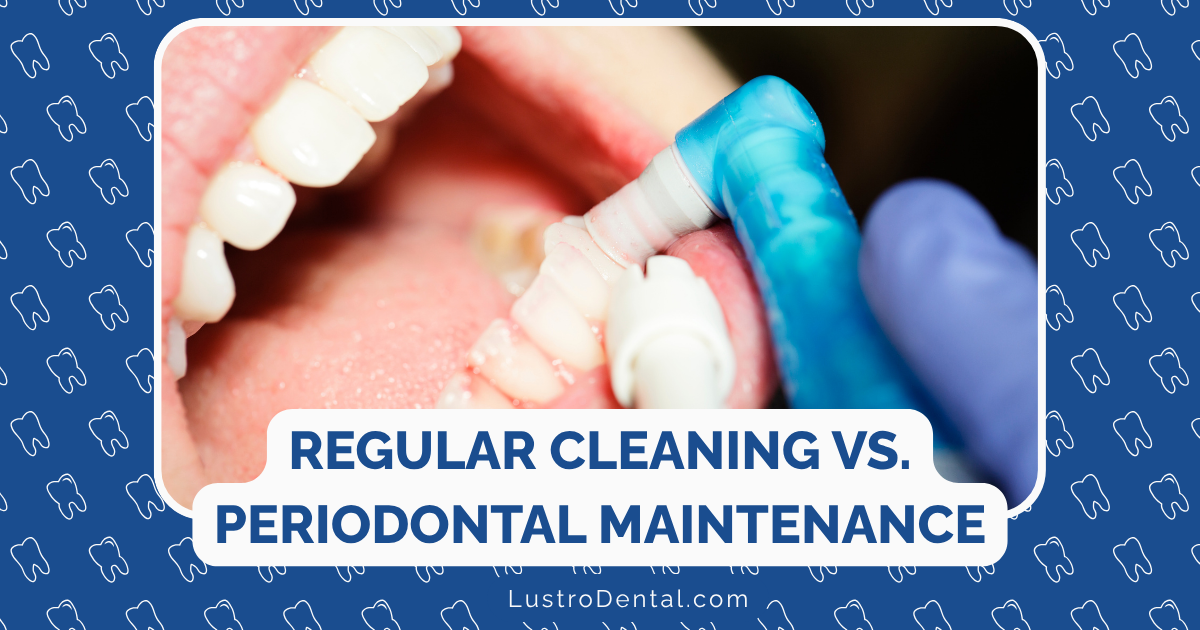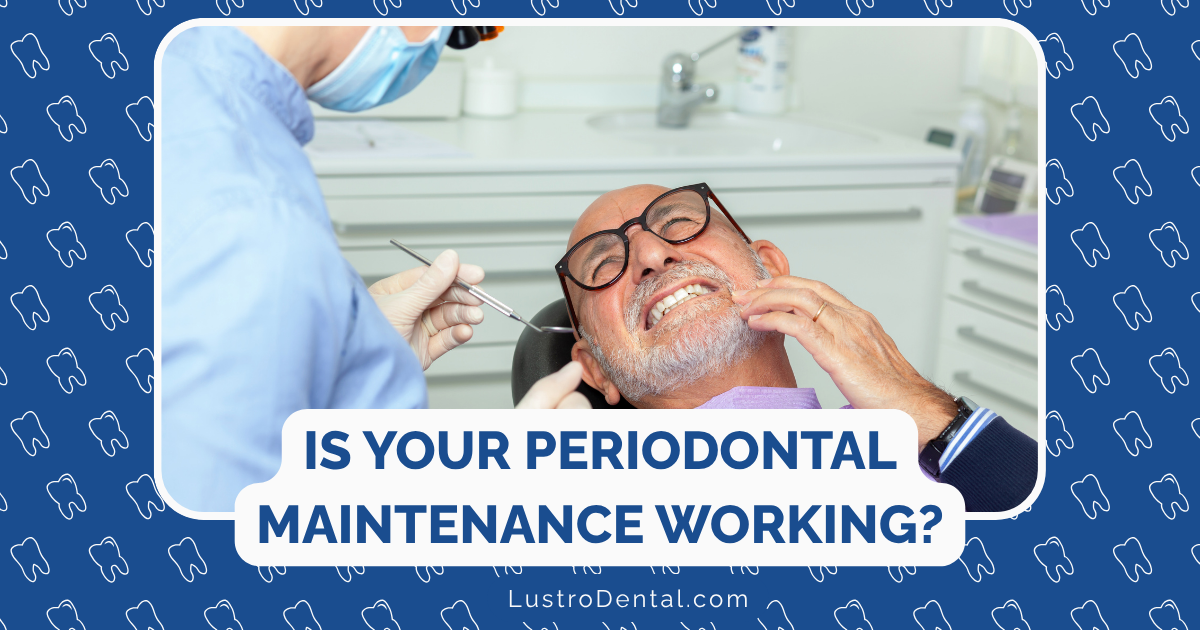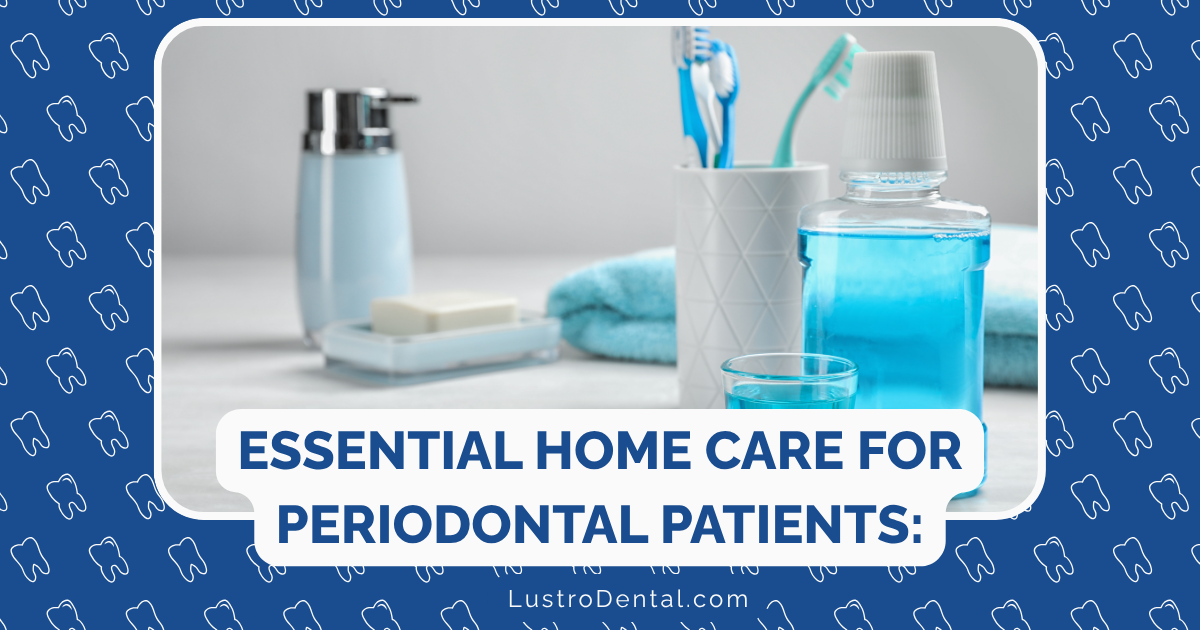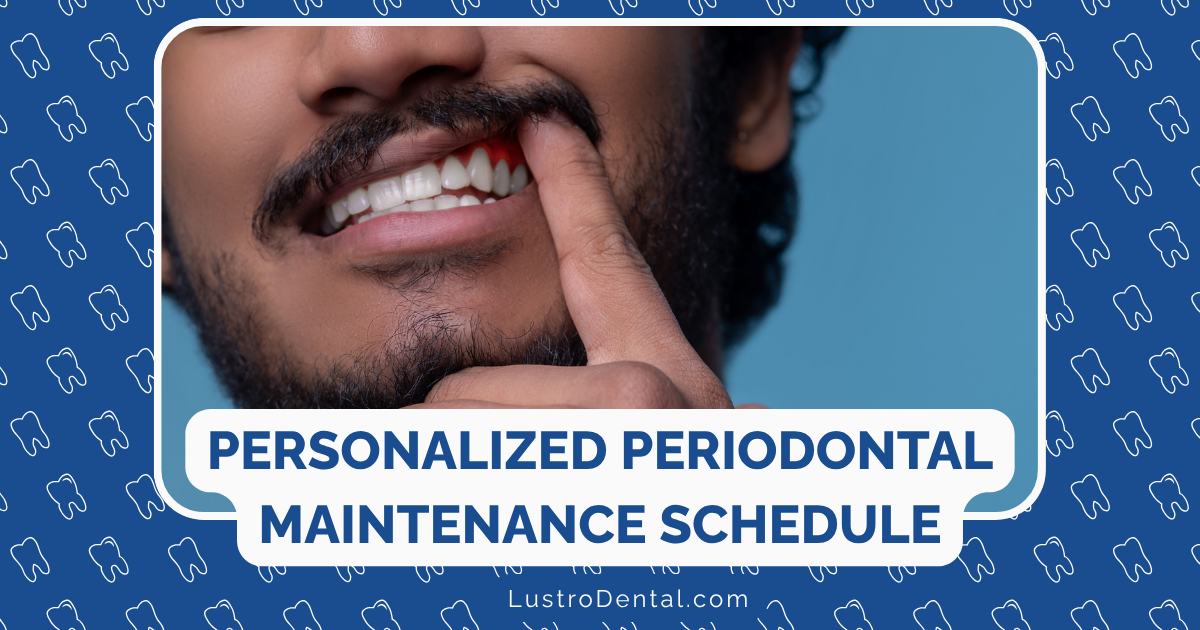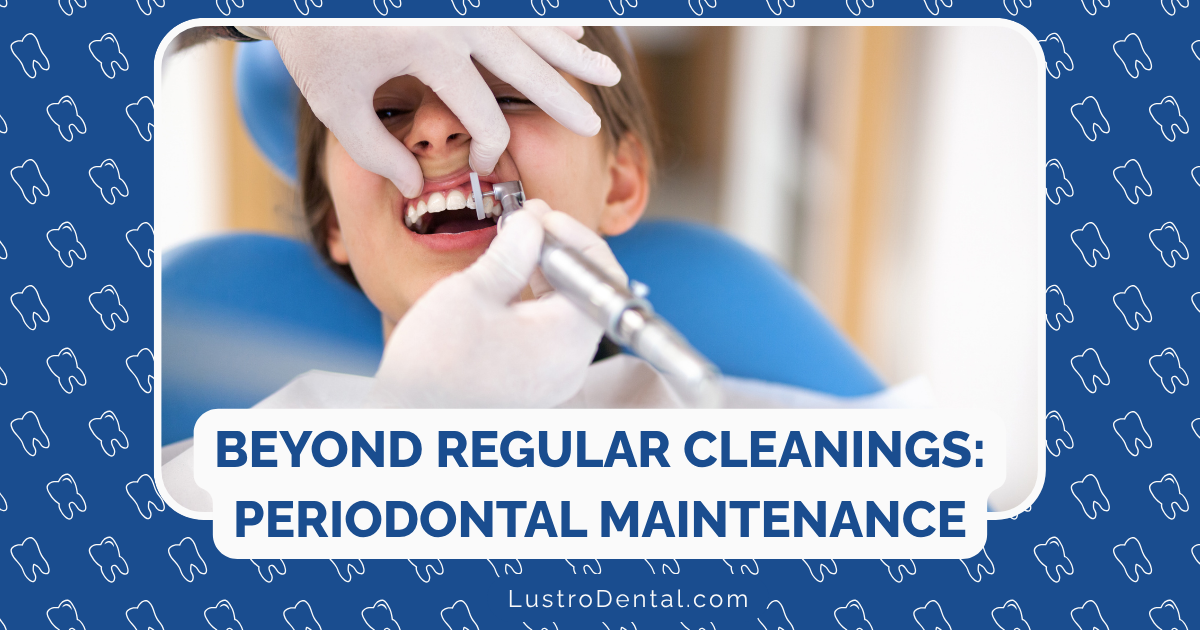Gum Grafting in 2025: New Techniques Making Recovery Easier

Gum recession—the process where gum tissue pulls back from teeth, exposing more of the tooth or its root—affects millions of people worldwide. Left untreated, it can lead to sensitivity, decay, and even tooth loss. For decades, traditional gum grafting has been the gold standard treatment, but it often came with significant drawbacks: pain, extended recovery times, and multiple surgical sites.
Fast forward to 2025, and the landscape of periodontal surgery has transformed dramatically. Revolutionary techniques and materials have made gum grafting procedures more comfortable, less invasive, and with remarkably faster recovery times. As someone who’s spent years advocating for dental health education, I’m excited to share these game-changing advancements that are making gum recession treatment more accessible and patient-friendly than ever before.
The Evolution of Gum Grafting: Then vs. Now
Before diving into the cutting-edge techniques of 2025, let’s briefly understand how far we’ve come:
Traditional Gum Grafting (The “Old Way”)
Traditional connective tissue grafting typically involved:
- Harvesting tissue from the roof of the mouth (palate)
- Creating incisions at the recipient site
- Suturing the donor tissue in place
- Recovery periods of 2-3 weeks with significant discomfort
- Multiple procedures for treating several areas
- Postoperative pain from two surgical sites
While effective (with success rates of up to 97% according to North Texas Dental Surgery), the invasive nature and recovery experience often deterred patients from seeking treatment until their recession had become severe.
Modern Gum Grafting (The “New Way”)
In 2025, advanced techniques offer:
- Minimally invasive approaches with tiny entry points
- Alternative tissue sources that eliminate palatal harvesting
- Biological enhancers that accelerate healing
- Recovery periods of just 1-3 days for many procedures
- Treatment of multiple sites in a single session
- Significantly reduced pain and post-operative discomfort
Dr. Sarah Johnson, Director of Periodontal Innovation at University Dental Center, explains: “The paradigm has completely shifted. We’ve moved from an era where gum grafting was dreaded by patients to one where the procedures are so minimally invasive that many patients return to work the next day. The biological advancements have been nothing short of revolutionary.”
Breakthrough Techniques Transforming Gum Grafting in 2025
1. Advanced PRF Therapy: Harnessing Your Body’s Healing Power
Platelet-Rich Fibrin (PRF) therapy has evolved significantly since its introduction in dentistry. The latest Advanced PRF techniques, like the RejuvaGum Lift™ described by Implant Perio Center, represent a quantum leap in tissue regeneration.
How Advanced PRF Works:
- A small amount of the patient’s blood is drawn
- The blood is processed in a specialized centrifuge to isolate growth factors and stem cells
- The resulting fibrin matrix, containing 3-5 times the normal concentration of growth factors, is applied to the recessed gum areas
- These growth factors stimulate the body’s natural healing mechanisms to regenerate gum tissue
The Benefits:
- Eliminates the need for donor tissue from the palate
- Accelerates healing by 50-70% compared to traditional methods
- Reduces post-operative pain significantly
- Creates natural-looking results as it works with your body’s own regenerative capabilities
- Recovery time of 1-3 days versus 1-2 weeks with traditional methods
A clinical trial published in 2023 demonstrated that Advanced PRF combined with minimally invasive surgical techniques showed statistically significant improvements in recession depth, width, and mean root coverage percentage compared to conventional approaches.
2. VISTA Technique: The Tunnel Revolution
The Vestibular Incision Subperiosteal Tunnel Access (VISTA) technique represents a major advancement in minimally invasive periodontal surgery.
How VISTA Works:
- A small incision is made in the vestibule (the area between your lips and gums)
- Specialized instruments create a “tunnel” beneath the gums
- Graft material (either your own tissue, donor material, or PRF) is threaded through this tunnel
- The gums are repositioned to cover exposed roots without traditional cutting and suturing
The Benefits:
- Preserves blood supply to the gum tissue, enhancing healing
- Requires only one small incision regardless of how many teeth are treated
- Allows treatment of multiple teeth in a single procedure
- Minimizes post-operative discomfort and swelling
- Produces superior aesthetic results with minimal scarring
Dr. Michael Rodriguez, who has performed over 500 VISTA procedures, shares: “The VISTA technique has transformed how we approach gum recession. I’ve had patients text me the evening after surgery saying they barely feel like they had a procedure at all. That was unimaginable with traditional techniques.”
3. Xenogenic Collagen Matrices: No More Palate Pain
One of the biggest breakthroughs in gum grafting has been the development of advanced xenogenic collagen matrices that eliminate the need for harvesting tissue from the patient’s palate.
How Xenogenic Matrices Work:
- Specially processed collagen (usually derived from porcine sources) is used instead of the patient’s own tissue
- The matrix serves as a scaffold for your body’s cells to populate
- Over time, your own tissue replaces the collagen matrix
- The result is natural gum tissue indistinguishable from your original tissue
The Benefits:
- Eliminates donor site pain from palate harvesting
- Unlimited supply of graft material for extensive recession
- Consistent quality and thickness of graft material
- Reduced surgical time without the harvesting step
- 75-80% root coverage with results stable over five years
According to North Texas Dental Surgery, these matrices provide significant comfort advantages during healing while maintaining excellent long-term stability.
4. Microsurfaced Acellular Dermal Matrix (ADM): Superior Integration
The latest generation of acellular dermal matrices features microsurfaced technology that dramatically improves tissue integration and healing.
How Microsurfaced ADM Works:
- Human donor tissue is processed to remove all cells while preserving the structural integrity
- The surface is microscopically modified to enhance cellular attachment
- This matrix is placed at the recession site
- Your body’s cells rapidly populate the matrix, converting it to your own tissue
The Benefits:
- Zero graft loss compared to 20% loss with traditional materials
- Better blood supply integration for faster healing
- Lower inflammation during the healing process
- Excellent long-term stability of the grafted tissue
- Natural-looking results that blend seamlessly with surrounding tissue
5. Laser-Assisted Gum Regeneration: Precision Healing
Laser technology has revolutionized many aspects of dentistry, and gum grafting is no exception. The latest laser-assisted techniques offer remarkable advantages.
How Laser-Assisted Regeneration Works:
- Specialized soft-tissue lasers prepare the recipient site
- The laser sterilizes the area while stimulating cellular activity
- Graft material (often combined with PRF) is placed
- The laser is used again at specific settings to seal the area and stimulate healing
The Benefits:
- Minimal bleeding during and after the procedure
- Reduced bacterial load at the surgical site
- Biostimulation of tissue for enhanced healing
- Less post-operative discomfort and swelling
- Faster tissue maturation and integration
According to Dr. Gowds Dental, laser-assisted gum regeneration results in significantly shorter procedure and healing times while reducing infection risk.
The Recovery Revolution: What Patients Can Expect in 2025
Perhaps the most dramatic change in gum grafting has been the transformation of the recovery experience. Here’s what patients can expect with these advanced techniques:
Immediate Post-Procedure (Days 1-2)
- Minimal discomfort manageable with over-the-counter pain relievers
- Little to no bleeding compared to traditional methods
- Reduced swelling due to less tissue trauma
- Ability to return to non-strenuous activities within 24-48 hours
- Soft food diet for the first day or two
Short-Term Recovery (Days 3-7)
- Resolution of any minor swelling by day 3-4
- Return to normal diet for most patients by day 3
- Visible improvement in gum appearance already noticeable
- Resumption of gentle brushing around treated areas
- Return to normal physical activities within the week
Long-Term Results (Weeks 2-8)
- Complete tissue maturation by 6-8 weeks
- Natural-looking gum contours that blend seamlessly
- Resolution of tooth sensitivity as roots become covered
- Stable attachment of new gum tissue
- Minimal to no scarring visible
Advanced Pain Management Protocols
Beyond the less invasive surgical techniques, pain management for gum grafting has advanced significantly in 2025:
1. Pre-Emptive Analgesia
Medications administered before surgery to prevent pain cascades from initiating.
2. Long-Acting Local Anesthetics
New formulations provide 24-48 hours of localized pain control without affecting other body functions.
3. Targeted Anti-Inflammatory Protocols
Specific anti-inflammatory regimens that reduce swelling without compromising healing.
4. Cryotherapy Innovations
Advanced intraoral cooling devices that provide precise, controlled cold therapy to reduce swelling and discomfort.
5. Virtual Reality Distraction
VR systems specifically designed for dental procedures that significantly reduce pain perception and anxiety.
Dr. Jennifer Lee, pain management specialist in periodontics, notes: “The combination of minimally invasive techniques with our advanced pain protocols means that most patients report their discomfort level as a 2 or 3 out of 10, compared to 7 or 8 with traditional methods. It’s a complete transformation of the patient experience.”
Real Patient Experiences with Modern Gum Grafting
Case Study 1: Michael’s Multi-Tooth Recession
Michael, 42, had recession on six upper teeth that was causing sensitivity and aesthetic concerns.
Treatment: VISTA technique with Advanced PRF
Experience: “I had put off treatment for years because I heard horror stories about pain from the roof of the mouth. With this new approach, they didn’t need to take tissue from my palate at all. The procedure took about an hour, and I was back at work the next day. I had some mild soreness for about 48 hours, but nothing that required more than ibuprofen. The sensitivity disappeared within a week, and my smile looks completely natural now.”
Case Study 2: Jennifer’s Severe Single-Tooth Recession
Jennifer, 56, had 6mm of recession on a lower canine tooth with minimal attached gingiva remaining.
Treatment: Microsurfaced ADM with laser-assisted regeneration
Experience: “My previous dentist told me my case was too severe and would require multiple surgeries with a significant recovery period each time. I sought a second opinion and found a periodontist using these new techniques. The procedure was completed in one visit, and the recovery was remarkably easy. I had some soreness for about three days but was able to attend a conference just four days after the procedure. Six months later, my recession is completely covered, and you can’t tell I ever had an issue.”
Case Study 3: David’s Full-Mouth Rehabilitation
David, 67, had generalized recession throughout his mouth due to years of aggressive brushing and periodontal disease.
Treatment: Xenogenic collagen matrix with Advanced PRF in a phased approach
Experience: “I needed treatment on almost every tooth and was prepared for months of procedures and recovery. Instead, they were able to treat an entire arch in each of two sessions. The recovery after each was surprisingly comfortable—nothing like the gum surgeries I had decades ago. I was able to eat normally within a few days and never needed prescription pain medication. The improvement in both how my smile looks and feels has been life-changing.”
Is Advanced Gum Grafting Right for You?
While these new techniques offer significant advantages, they’re not universally applicable to every case. Here are some considerations:
Ideal Candidates:
- Patients with mild to moderate gum recession
- Those with adequate remaining attached gingiva
- Individuals without severe periodontal disease
- Patients with good overall health and healing capacity
- Those seeking to address recession on multiple teeth
Situations Where Traditional Approaches May Still Be Preferred:
- Cases with extremely severe recession
- Patients with certain medical conditions affecting healing
- Situations requiring significant augmentation of gum thickness
- Specific anatomical considerations that limit access
Dr. Robert Williams, periodontist and researcher, explains: “These advanced techniques have dramatically expanded our ability to treat more patients with less invasive approaches. However, there will always be complex cases that benefit from more traditional surgical techniques. The key is having a specialist who is versed in the full spectrum of treatment options to customize the approach to your specific needs.”
The Future: What’s on the Horizon Beyond 2025
The field continues to evolve rapidly, with several promising technologies in development:
1. 3D Bioprinted Gum Grafts
Custom-designed tissue constructs created using the patient’s own cells, eliminating the need for donor sites or processed matrices.
2. Gene Therapy Approaches
Targeted delivery of growth-promoting genes to stimulate natural tissue regeneration without surgery.
3. Nanofibrous Scaffolds
Ultra-thin, biocompatible scaffolds that promote precise tissue regeneration with minimal bulk.
4. Injectable Regenerative Solutions
Non-surgical injectables that stimulate gum regrowth for early-stage recession.
5. AI-Optimized Treatment Planning
Artificial intelligence systems that analyze thousands of variables to predict the optimal treatment approach for each individual patient.
Conclusion: A New Era in Gum Regeneration
The advancements in gum grafting techniques by 2025 have transformed what was once a dreaded procedure into a comfortable, efficient treatment with minimal recovery time. With success rates matching or exceeding traditional approaches and dramatically improved patient experiences, these innovations are making it possible for more people to address gum recession before it leads to serious complications.
If you’ve been putting off treatment for receding gums due to concerns about pain or recovery time, these new approaches offer compelling reasons to reconsider. The combination of minimally invasive surgical techniques, advanced biological materials, and enhanced pain management protocols has created a patient experience that bears little resemblance to gum grafting of the past.
As with any dental procedure, the key to success lies in finding an experienced provider who stays at the forefront of these innovations. A consultation with a periodontist who specializes in these advanced techniques can help you understand which approach is best suited for your specific situation.
Have you experienced any of these modern gum grafting techniques? Share your experience in the comments below to help others who might be considering treatment for their receding gums.


